What Makes Small Electric Trikes a Game Changer in Urban Transportation
In the rapidly evolving landscape of urban transportation, the emergence of the Small Electric Trike is poised to revolutionize how we navigate our cities. As urban areas become increasingly congested and pollution levels rise, the demand for sustainable and efficient transportation solutions has never been greater. Small Electric Trikes offer an innovative alternative, blending convenience and eco-friendliness with a compact design that makes them ideal for navigating tight city streets.
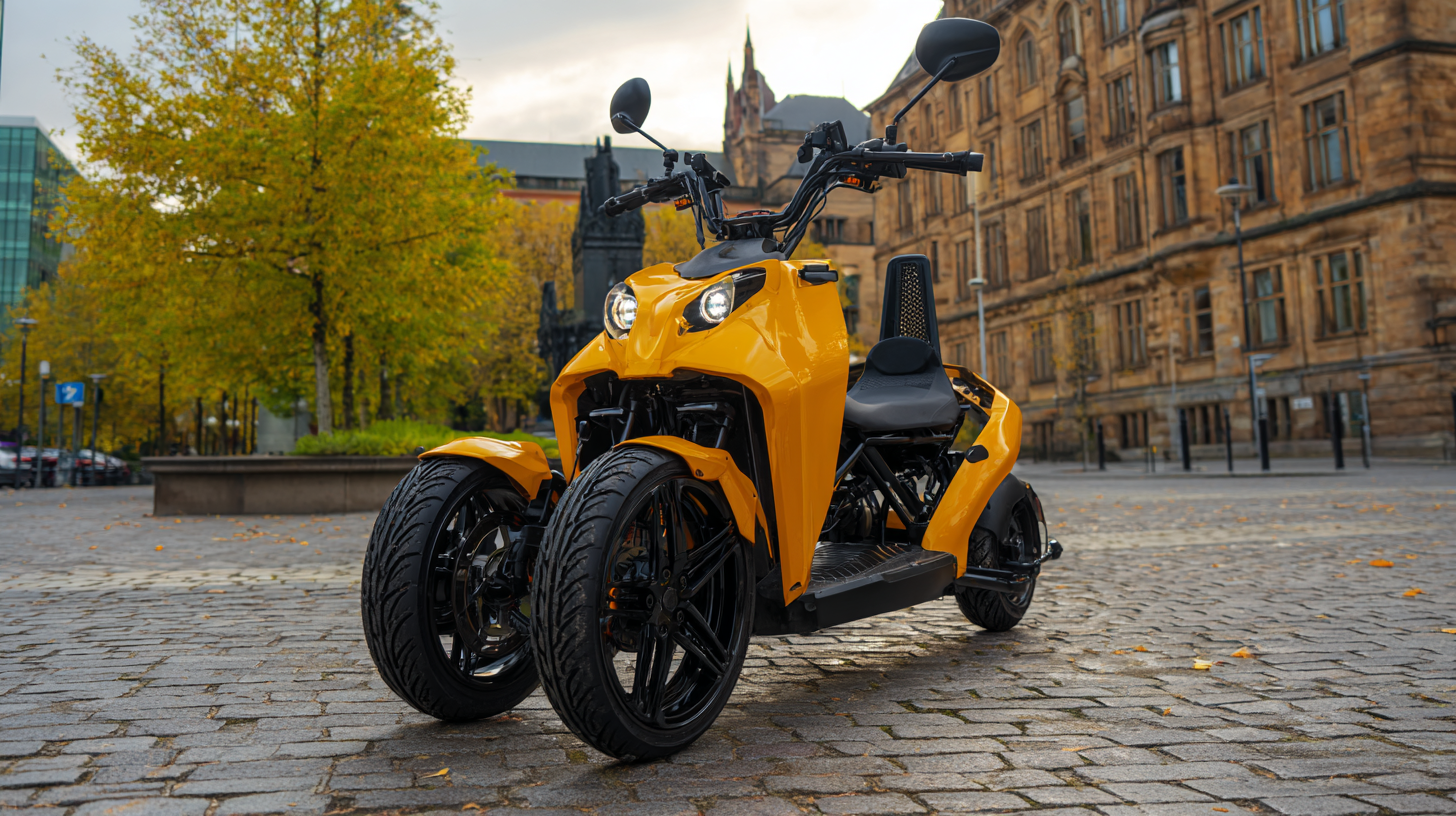
With a user-friendly approach to commuting, these electric trikes not only reduce carbon footprints but also promise to enhance the overall urban mobility experience. In this blog, we will explore the myriad advantages of Small Electric Trikes, providing valuable tips and insights for urban dwellers looking to embrace this game-changing mode of transport. Join us as we delve into the features, benefits, and practical considerations that make Small Electric Trikes an indispensable part of the future of urban transportation.
Benefits of Small Electric Trikes for Urban Commuters
Small electric trikes are rapidly gaining traction as a preferred mode of transportation for urban commuters, primarily due to their unique combination of efficiency, convenience, and sustainability. According to a 2022 report by the International Energy Agency, electric two-wheelers, including trikes, could reduce urban congestion by up to 30% while slashing greenhouse gas emissions by 60% when compared to traditional fossil fuel vehicles. This shift towards electrification is not only beneficial for the environment but also enhances the overall commuting experience.
One of the standout benefits of small electric trikes is their space-saving design, which is crucial in congested urban areas. With an average width of just 28 inches, electric trikes can easily navigate through tight spaces and reduce the need for extensive parking areas. A study published by the Urban Mobility Report indicated that shifting to small electric vehicles, like trikes, could help cities decrease parking demand by approximately 15%. Additionally, the cost of operation for these trikes is significantly lower than that of cars, with average energy costs around $0.05 per mile compared to $0.14 per mile for gasoline-powered vehicles, making them an economic choice for daily commuters.
What Makes Small Electric Trikes a Game Changer in Urban Transportation
This chart illustrates the key benefits of adopting small electric trikes for urban commuting. The metrics reflect the percentage of respondents who find each benefit significant, showcasing their potential to transform urban transportation.
How Small Electric Trikes Contribute to Sustainable Urban Mobility
Small electric trikes are revolutionizing urban transportation by offering an eco-friendly alternative to traditional vehicles. These compact three-wheelers are designed for navigating crowded city streets, minimizing traffic congestion and reducing carbon emissions. By incorporating electric power, they provide a clean mode of transport that aligns with the growing demand for sustainable urban mobility solutions.
Tips for maximizing your experience with small electric trikes include ensuring regular maintenance for optimal performance. Battery care is crucial; always charge it according to the manufacturer's guidelines and avoid leaving it empty for extended periods. Additionally, consider routes that prioritize bike lanes to enhance safety and reduce travel time in busy urban areas.
Moreover, integrating these trikes into your daily routine can promote a healthier lifestyle. Riding an electric trike offers the benefit of light exercise while simultaneously reducing your carbon footprint. As cities continue to grow, embracing small electric trikes in urban planning can contribute significantly to a cleaner, more efficient transportation network, making our cities greener.
Key Features to Look for in Electric Trikes for City Use
In recent years, small electric trikes have emerged as a revolutionary option for urban transportation, providing a sustainable alternative to cars and public transit. When considering electric trikes for city use, there are several key features to prioritize. Battery capacity is crucial, as studies indicate that a range of 40 to 60 miles per charge is ideal for urban commuters, allowing them to navigate daily routes without frequent recharging. Reports from the National Renewable Energy Laboratory highlight that trikes with battery capacities exceeding 48V are capable of handling varied terrains, catering to urban areas with considerable elevation changes.
Another vital aspect to look for is the design and durability of the frame. Urban environments can be rough on vehicles; thus, trikes constructed from lightweight yet sturdy materials, like aluminum or high-strength steel, ensure longevity and ease of maneuverability.
Moreover, research by the Electric Bike Association reveals that models with integrated safety features, such as high-visibility LED lights and enhanced braking systems, increase rider safety in congested city settings. Ultimately, these features make small electric trikes not only a practical choice for urban dwellers but also a significant player in redefining city transportation.
Comparing Cost Efficiency: Electric Trikes vs. Traditional Vehicles
The rise of small electric trikes is revolutionizing urban transportation, particularly when it comes to cost efficiency. According to a report by the International Council on Clean Transportation, the operational costs of electric vehicles, including trikes, can be up to 70% lower than traditional vehicles. This significant reduction is primarily attributed to lower fuel costs—electricity is generally more affordable than gasoline—and minimal maintenance needs, as electric motors have fewer moving parts than internal combustion engines.
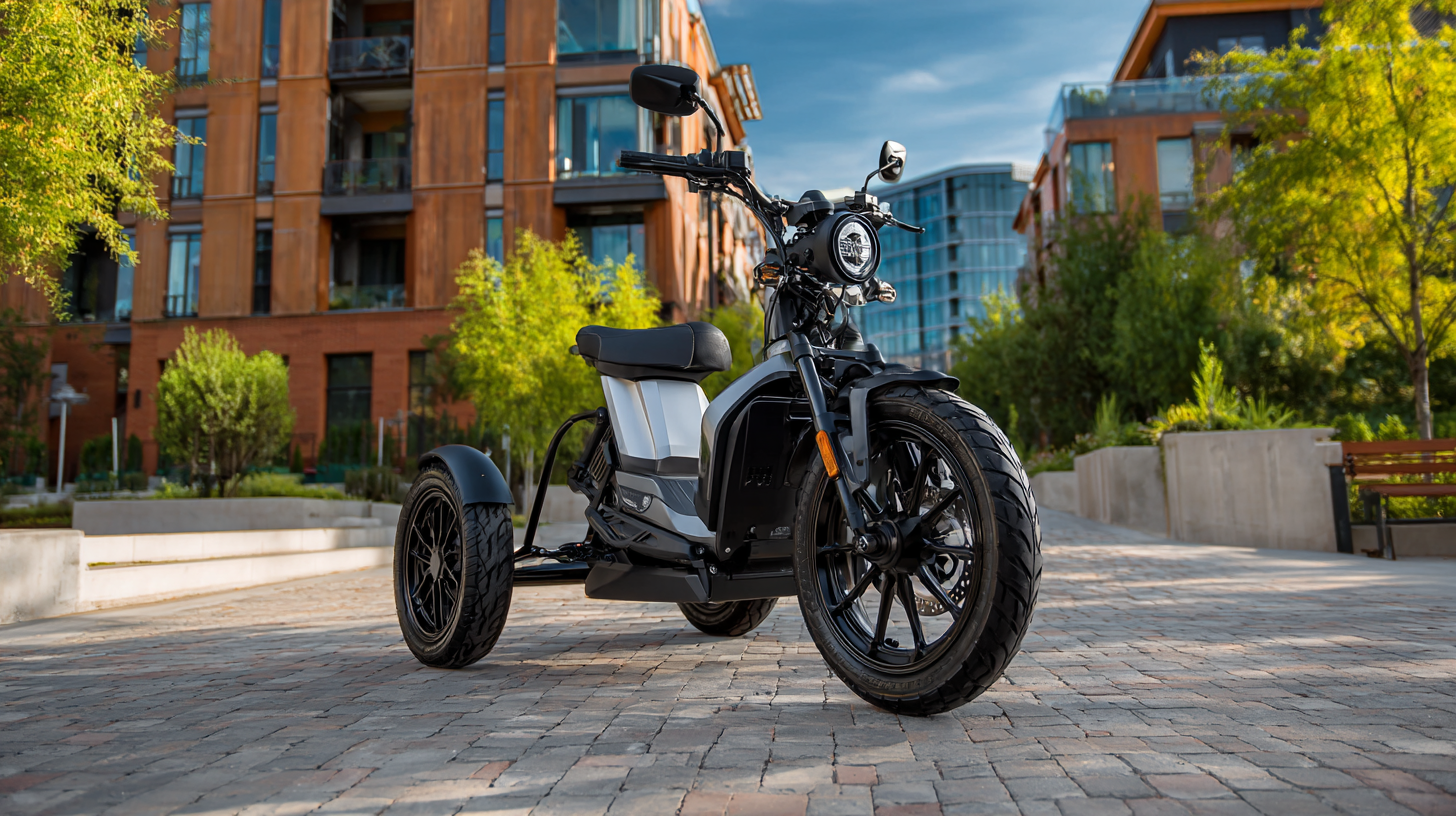
In cities, the affordability of electric trikes extends beyond their purchase price. A study from the U.S. Department of Energy highlighted that the average annual operating cost for a small electric vehicle is approximately $500, while traditional gasoline vehicles can exceed $1,200. Additionally, electric trikes can navigate congested urban areas more efficiently, often avoiding traffic jams altogether. As urban congestion continues to escalate, these factors make electric trikes a financially savvy alternative for commuters looking to reduce both their household expenses and their carbon footprint.
Real-life Success Stories: Cities Embracing Electric Trikes for Transportation
Cities around the world are increasingly turning to small electric trikes as a viable solution to urban transportation challenges. In Barcelona, for instance, local authorities have integrated electric trikes into the public transport system, allowing residents to seamlessly commute to work and navigate the city’s narrow streets. This initiative has not only reduced congestion but also promoted a cleaner environment by lowering carbon emissions. Residents are finding electric trikes to be a cost-effective and enjoyable way to explore their neighborhoods while contributing to sustainability efforts.
Similarly, in Portland, community organizations are harnessing electric trikes to deliver goods and provide services, leading to a significant reduction in delivery times and environmental impacts. Local food businesses have reported enhanced efficiency by utilizing cargo electric trikes for deliveries, which also align with the city’s green initiatives. These success stories illustrate how adopting electric trikes can reshape urban logistics and mobility, paving the way for a more sustainable and livable urban environment. As more cities explore the potentials of electric trikes, they are setting a model for sustainable urban transport initiatives worldwide.
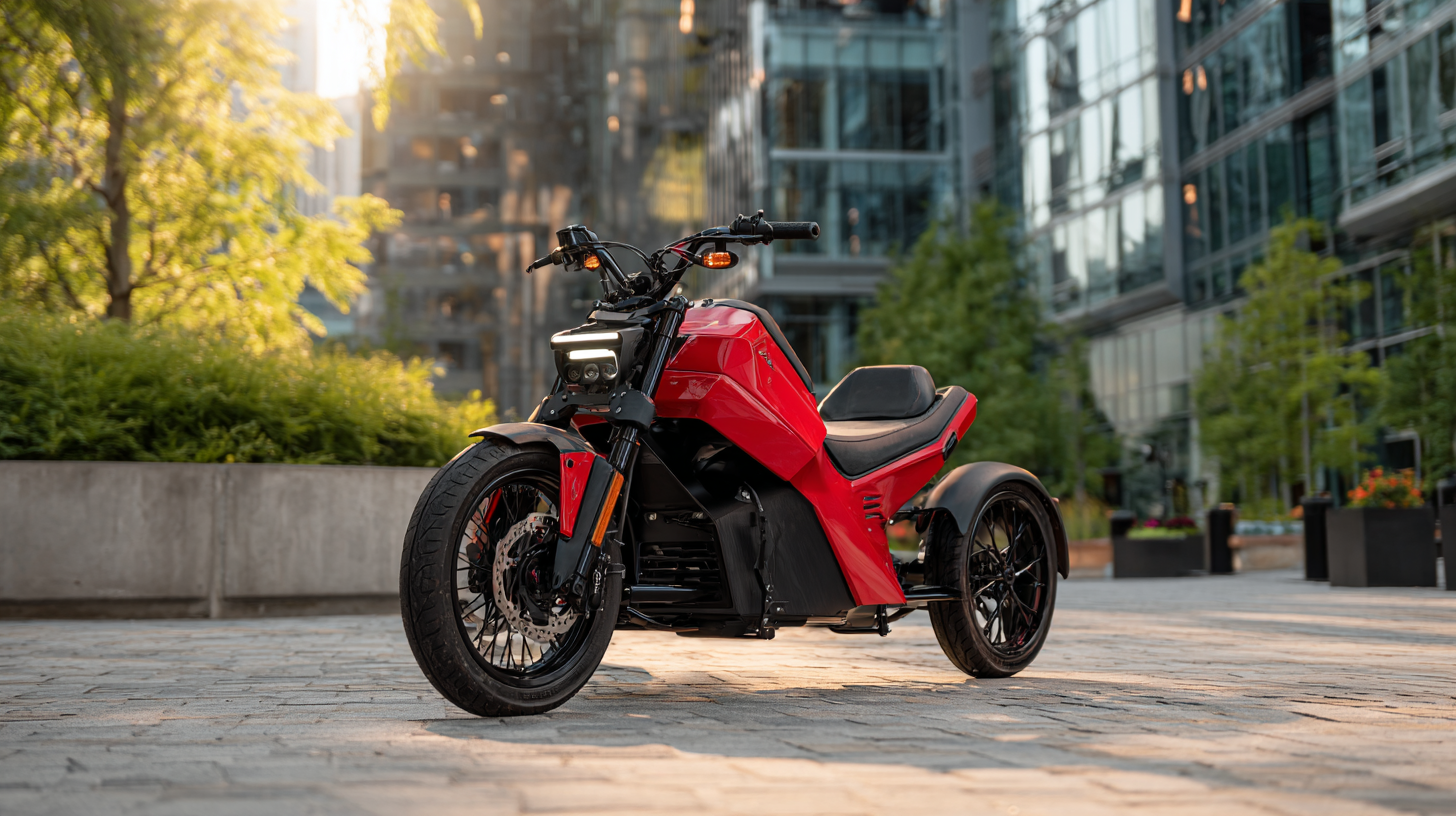
Related Posts
-

7 Essential Tips for Choosing the Best Electric Trike for Adults
-
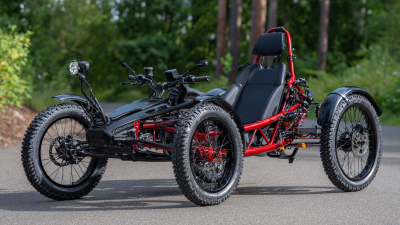
7 Best Front Wheel Trike Models for Optimal Stability and Performance in 2023
-

Ultimate Guide to Choosing the Perfect Electric Off Road Car for Your Adventures
-

Essential Checklist for Choosing the Perfect Tiny Cars for Adults: Key Features and Top Models
-

7 Secrets to Choose the Best Charging Battery Car
-
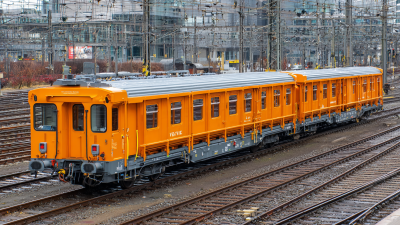
What Types of Electric Wagon Cars Are Revolutionizing Modern Transport?







